
Open the main page of the computer window in the Win10 system, click the "View" tab on the main page, and then click the "Options" button on the page to open the Win10 system folder options page.
Because of this, when there is a problem with the cache file, it will cause the system icon to display abnormally. Now that the reason has been found, the solution is also very simple. You just need to delete the problematic icon cache file and let the system re-estable the icon cache.
Win + R shortcut key calls up the run dialog box and enters the following command: ie4uinit -show OK, you will find that the desktop icon will have a refresh process, which is to rebuild the icon cache. It can be repeated many times until all the desktop icons are displayed normally.

The icon on the desktop of the mobile phone is missing. The way to retrieve it is as follows: Restart the mobile phone: Sometimes, a simple restart can solve the problem. After restarting the mobile phone, the mobile phone will reload the desktop icon, and the icon will be displayed on the desktop again.
Check whether the icons have been deleted: Search for the names of the desktop icons to see if you can find them. If you can't find it, it may have been deleted. You can try to recover the deleted files from the recycle bin. Restart the computer: Sometimes restarting the computer can solve some temporary problems, including the disappearance of the desktop icon.
Restore desktop icons through "personalization" First of all, we can restore desktop icons through "personalization".
If you are using an OPPO/OnePlus mobile phone and the desktop application icon disappears, you can try the following methods: check whether the mobile phone has a multi-user mode. If there is a multi-user mode, change the host password and enter the mobile phone to check whether there is an application.
If your computer icon is missing and the right mouse button is not available, you can try the following solutions: Keyboard shortcut to restore the icon: Press the Ctrl + Shift + Esc key on the keyboard to open the task manager.
1. The details are as follows: In the first step, right-click the blank space on the desktop, and then click the personalized option in the pop-up window.In the second step, after coming to the personalized window shown in the figure below, click the theme option on the left side of the page. Step three, in the theme page referred to in the figure below, click the desktop icon settings indicated by the arrow.
2. On the Windows 10 system desktop, right-click the start button in the lower left corner and select the "Run" menu item in the pop-up menu. At this time, the running window of Windows 10 will open, enter the command reedit in the window, and then click the OK button to run the command.
3. Check the desktop icon settings: right-click on the blank space on the desktop, select "Personalization", then click the "Theme" tab, and click the "Desktop Icon Settings" option under "Related Settings". In the pop-up window, make sure that the "Computer" box is checked.
4. Method 1: Click "Start" to find a program and drag the icon directly to the desktop. This article takes Foxmail as an example, which generates a desktop shortcut. Moreover, the original program icon still exists in all applications, which is very different from Win7.
Binance app-APP, download it now, new users will receive a novice gift pack.
Open the main page of the computer window in the Win10 system, click the "View" tab on the main page, and then click the "Options" button on the page to open the Win10 system folder options page.
Because of this, when there is a problem with the cache file, it will cause the system icon to display abnormally. Now that the reason has been found, the solution is also very simple. You just need to delete the problematic icon cache file and let the system re-estable the icon cache.
Win + R shortcut key calls up the run dialog box and enters the following command: ie4uinit -show OK, you will find that the desktop icon will have a refresh process, which is to rebuild the icon cache. It can be repeated many times until all the desktop icons are displayed normally.

The icon on the desktop of the mobile phone is missing. The way to retrieve it is as follows: Restart the mobile phone: Sometimes, a simple restart can solve the problem. After restarting the mobile phone, the mobile phone will reload the desktop icon, and the icon will be displayed on the desktop again.
Check whether the icons have been deleted: Search for the names of the desktop icons to see if you can find them. If you can't find it, it may have been deleted. You can try to recover the deleted files from the recycle bin. Restart the computer: Sometimes restarting the computer can solve some temporary problems, including the disappearance of the desktop icon.
Restore desktop icons through "personalization" First of all, we can restore desktop icons through "personalization".
If you are using an OPPO/OnePlus mobile phone and the desktop application icon disappears, you can try the following methods: check whether the mobile phone has a multi-user mode. If there is a multi-user mode, change the host password and enter the mobile phone to check whether there is an application.
If your computer icon is missing and the right mouse button is not available, you can try the following solutions: Keyboard shortcut to restore the icon: Press the Ctrl + Shift + Esc key on the keyboard to open the task manager.
1. The details are as follows: In the first step, right-click the blank space on the desktop, and then click the personalized option in the pop-up window.In the second step, after coming to the personalized window shown in the figure below, click the theme option on the left side of the page. Step three, in the theme page referred to in the figure below, click the desktop icon settings indicated by the arrow.
2. On the Windows 10 system desktop, right-click the start button in the lower left corner and select the "Run" menu item in the pop-up menu. At this time, the running window of Windows 10 will open, enter the command reedit in the window, and then click the OK button to run the command.
3. Check the desktop icon settings: right-click on the blank space on the desktop, select "Personalization", then click the "Theme" tab, and click the "Desktop Icon Settings" option under "Related Settings". In the pop-up window, make sure that the "Computer" box is checked.
4. Method 1: Click "Start" to find a program and drag the icon directly to the desktop. This article takes Foxmail as an example, which generates a desktop shortcut. Moreover, the original program icon still exists in all applications, which is very different from Win7.
 Binance login
Binance login
683.14MB
Check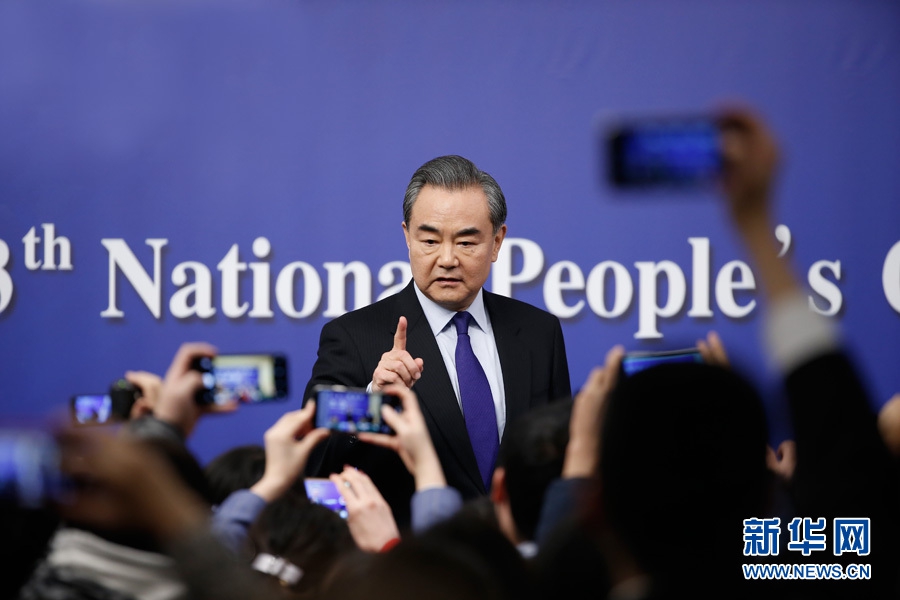 Binance APK
Binance APK
169.74MB
Check OKX Wallet app
OKX Wallet app
429.32MB
Check OKX Wallet to exchange
OKX Wallet to exchange
735.93MB
Check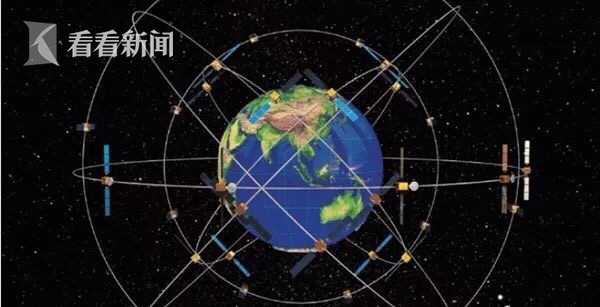 Binance US
Binance US
727.59MB
Check OKX Wallet app
OKX Wallet app
873.19MB
Check Binance download
Binance download
111.49MB
Check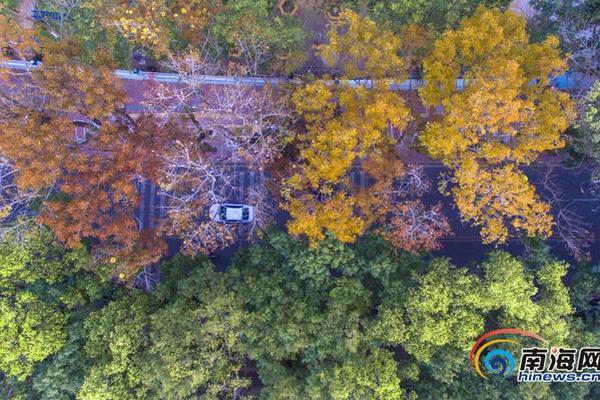 Binance download Android
Binance download Android
882.66MB
Check Binance wikipedia
Binance wikipedia
196.53MB
Check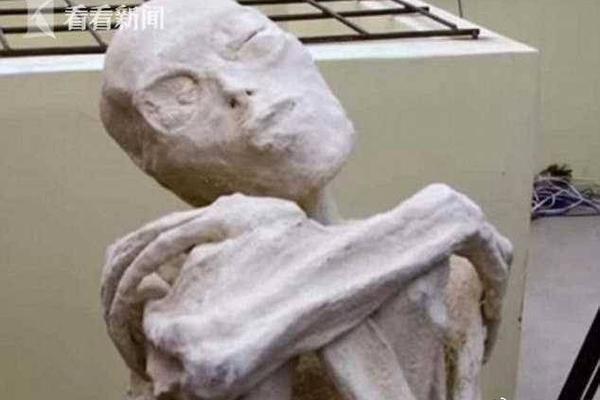 OKX Wallet login
OKX Wallet login
884.13MB
Check Binance app download Play Store
Binance app download Play Store
199.89MB
Check OKX Wallet download
OKX Wallet download
966.75MB
Check OKX Wallet Sign up
OKX Wallet Sign up
397.77MB
Check Binance login App
Binance login App
225.61MB
Check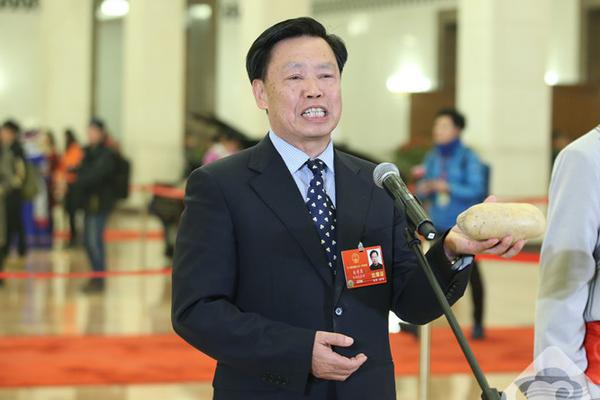 Binance app
Binance app
687.43MB
Check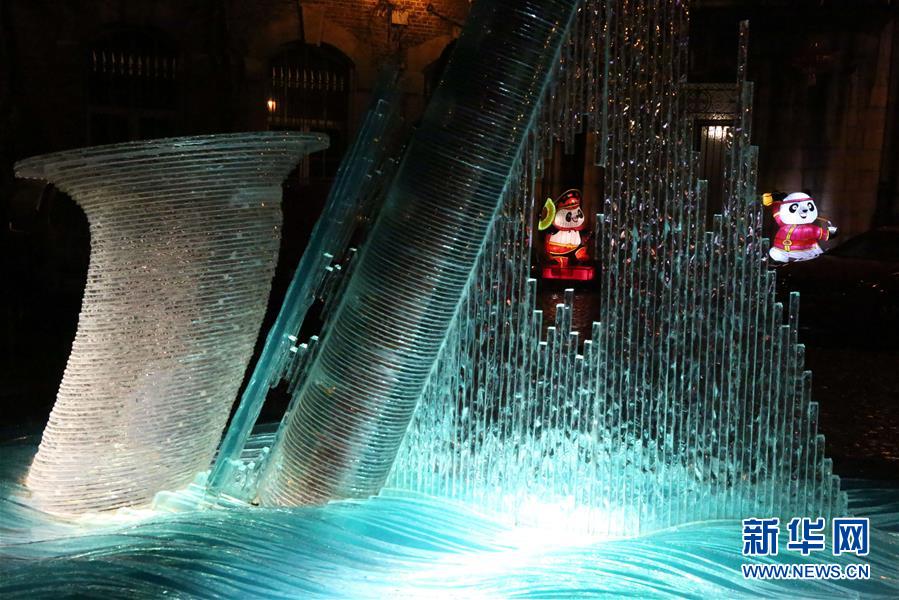 OKX Wallet
OKX Wallet
528.24MB
Check Binance login App
Binance login App
773.28MB
Check Binance US
Binance US
663.38MB
Check Binance US
Binance US
715.84MB
Check OKX Wallet apk download latest version
OKX Wallet apk download latest version
334.39MB
Check Binance APK
Binance APK
257.37MB
Check Binance APK
Binance APK
929.69MB
Check OKX download
OKX download
815.27MB
Check Binance wikipedia
Binance wikipedia
655.83MB
Check OKX Wallet to exchange
OKX Wallet to exchange
128.17MB
Check Binance wallet
Binance wallet
585.77MB
Check Binance login
Binance login
946.67MB
Check Binance download
Binance download
997.28MB
Check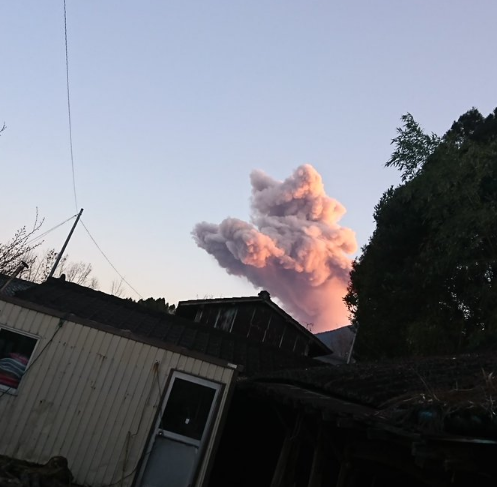 OKX Wallet download
OKX Wallet download
464.65MB
Check OKX download
OKX download
279.45MB
Check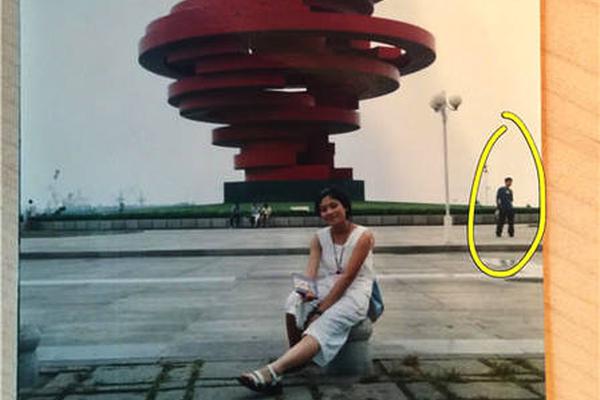 OKX download
OKX download
654.24MB
Check Binance APK
Binance APK
428.86MB
Check Binance Download for PC
Binance Download for PC
589.31MB
Check Binance APK
Binance APK
456.82MB
Check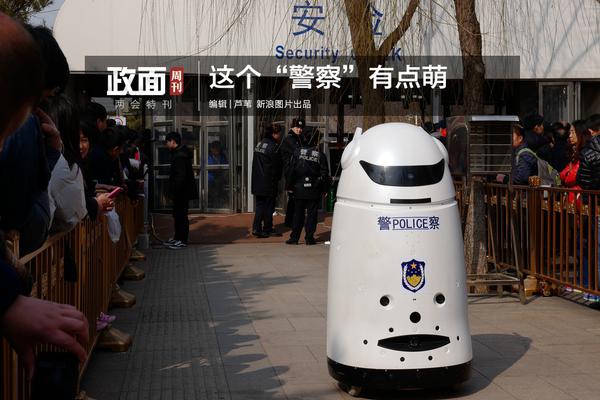 OKX review
OKX review
961.75MB
Check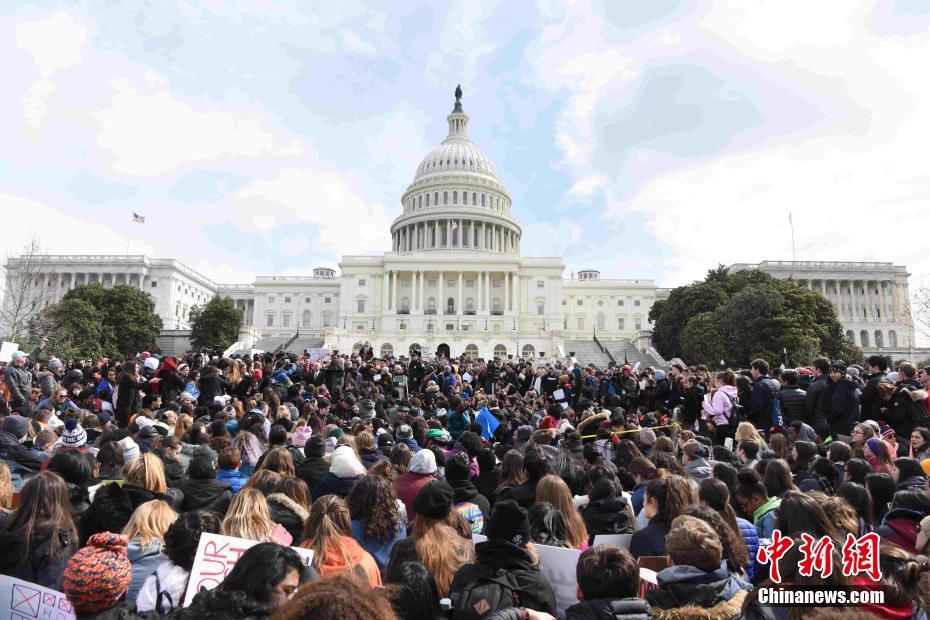 OKX Wallet APK
OKX Wallet APK
285.77MB
Check
Scan to install
Binance app to discover more
Netizen comments More
1993 插圈弄套网
2025-02-28 09:34 recommend
1008 老死不相往来网
2025-02-28 09:23 recommend
1503 欹嵚历落网
2025-02-28 08:14 recommend
1968 哀丝豪竹网
2025-02-28 07:45 recommend
1588 陶熔鼓铸网
2025-02-28 07:16 recommend